High resolution vs. high refresh rate: how to pick a display for your gaming laptop
Once upon a time, buying a gaming laptop meant purchasing a machine with a 1080p 60Hz display, or maybe 120Hz in some rare cases. But here at ROG, we relentlessly push the display boundaries of refresh rate and resolution, which means you have some tempting new choices to consider when buying your next gaming machine. Here's how to make the decision.
Redline refresh rates
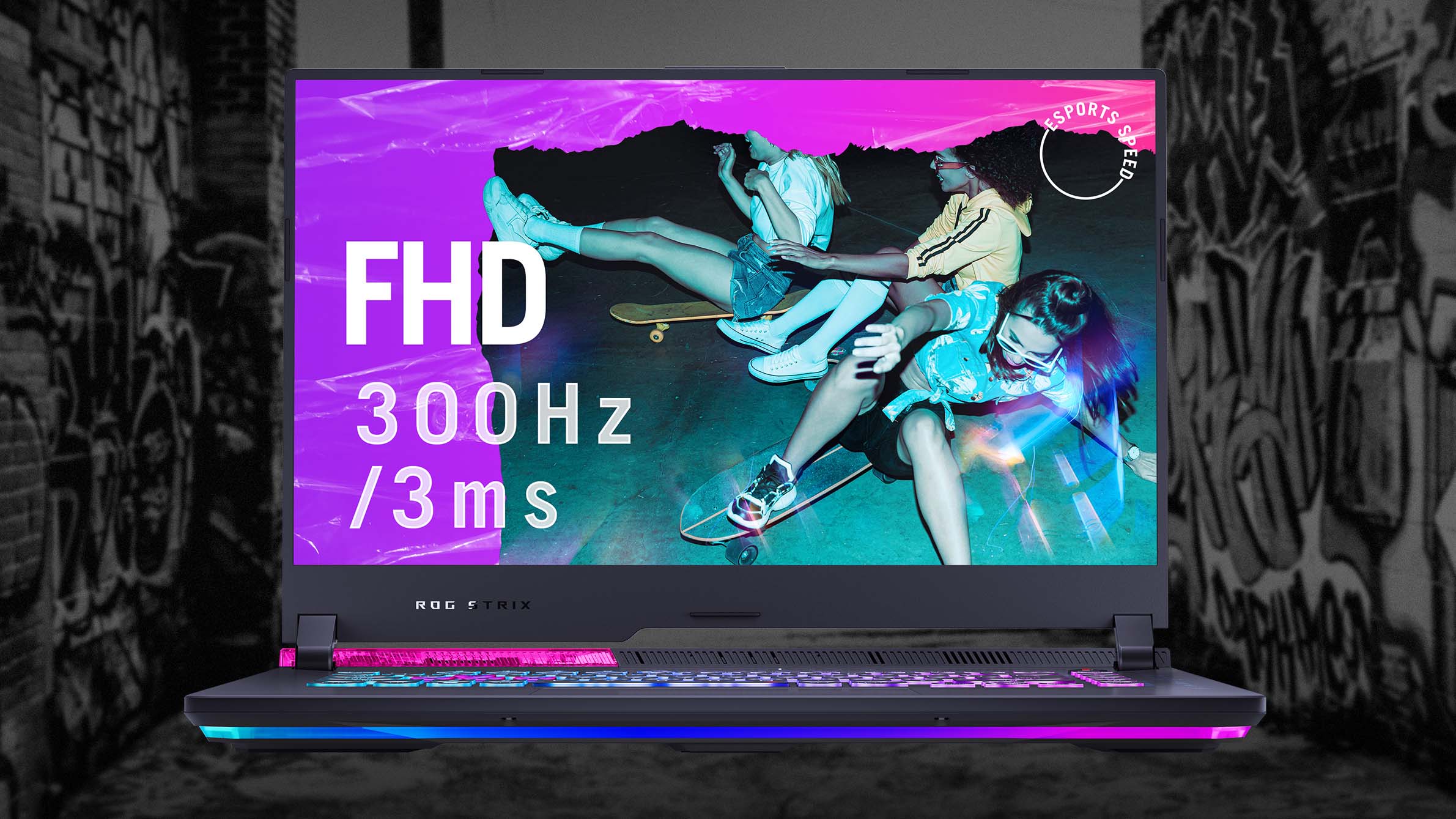
In the past few years, we've more than doubled the refresh rate of our top-end gaming laptop displays. Refresh rate is the measurement of how quickly a display can draw a new image, measured in hertz (Hz). Typical laptop and desktop displays refresh at 60Hz,or 60 refreshes per second, while gaming displays aim for higher refresh rates that allow for smoother motion with less blur. For years, 144Hz was the target for powerful gaming laptops, but as games have gotten more competitive, and gamers more discerning, ultra-fast refresh rates have proven their worth, inspiring us to continually redefine the bleeding edge.
Today, ROG offers laptops that refresh 240, 300 or even 360 times per second, offering an impossibly smooth experience that you have to feel to believe. These lightning-quick refresh rates are critical for fast-paced titles like first-person shooters and fighting games, but make for a pleasant experience no matter what games you play. Our high refresh rate displays also come equipped with some version of variable refresh rate technology, which means that they can dynamically adapt their refresh rate on the fly to match the PC’s framerate, eliminating screen tearing. Always make sure that your laptop comes with an Adaptive-Sync display, as it's a must-have feature for any gaming machine.
Looking to bolster your chances for victory with a high refresh rate display? ROG devices like the 2022 Strix SCAR 15 and Strix G15 are purpose-built to deliver high refresh rate gaming. But you have a choice to make. The Strix SCAR, for example, offers:
- 1080p (Full HD) at 360Hz for the smoothest, clearest motion possible, OR
- 1440p (QHD) at 240Hz for a sharper image
The RTX 3080 Ti Laptop GPU in the Strix SCAR is capable of driving competitive games on both displays. Frenetic and fast-paced action appears buttery smooth, letting you see the enemy quickly and clearly when it matters the most. And while 360Hz is as fast and smooth as it gets, 240Hz is still so fast that it's likely to please many esports enthusiasts.
Gamers who prefer the customizable style and more accessible price tag of the ROG Strix G15 have a similar choice to make. Will you be tempted by the 1080p 300Hz display that’s laser-focused on powering up a fast-paced game? Or will you opt for the balance of speed and sharper images offered by the 1440p 165Hz alternative? There are no wrong choices here, only options that appeal to gamers of different stripes.
More pixels, more clarity
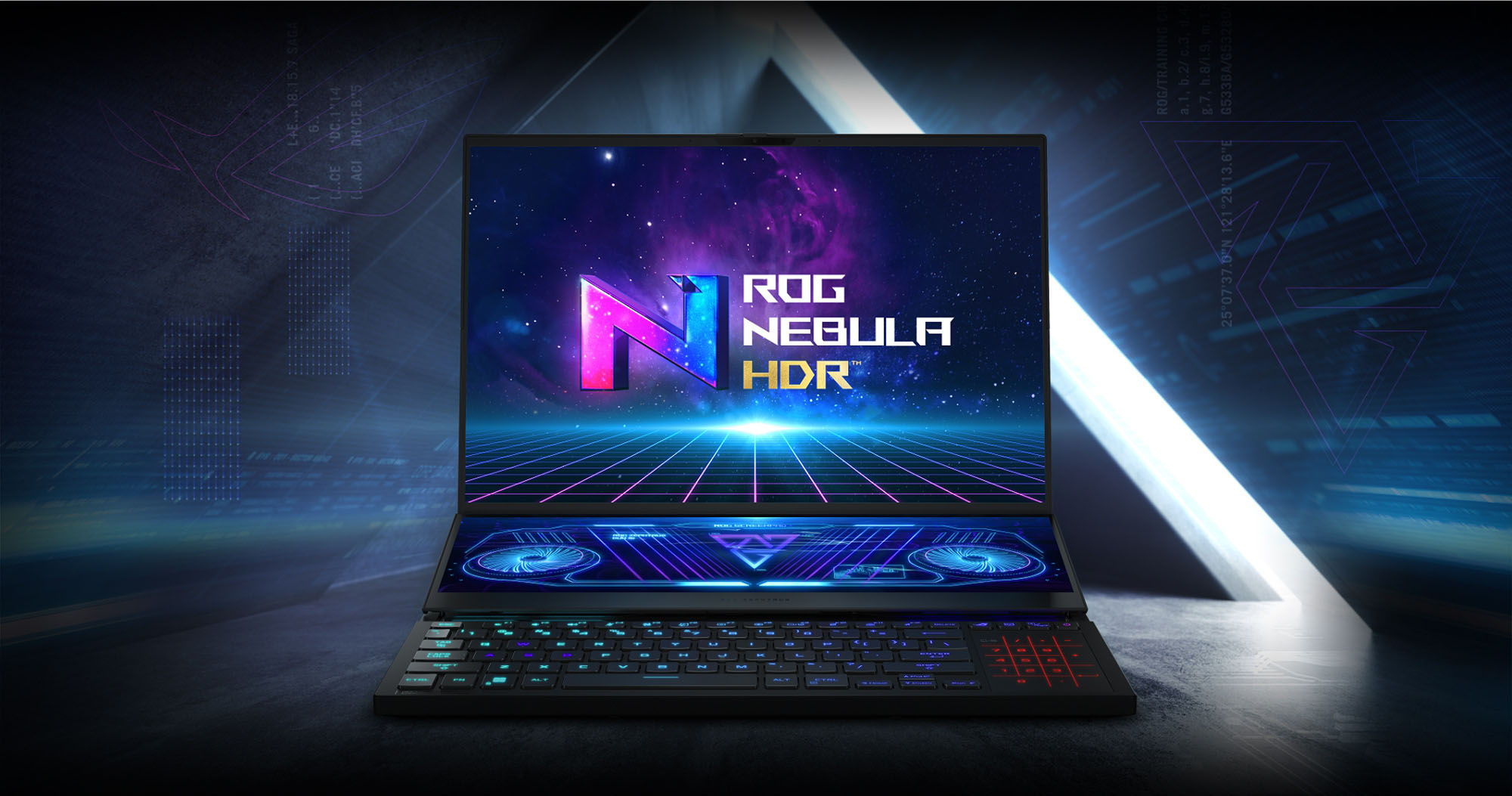
Up until now we've mostly focused on refresh rate, but higher resolution comes with its own advantages that may be worth sacrificing a few extra Hz. Traditionally, many gamers find refresh rate to be paramount in competitive multiplayer games, while graphically-intense single-player games might make higher resolutions more enticing.
With nearly double the number of pixels of a 1080p display, a QHD (or 1440p) resolution gives a noticeable increase in image clarity. Game worlds appear sharper and more immersive, without the jagged edges and "shimmering" that can appear when there aren't enough pixels to draw certain objects. Fewer anti-aliasing tricks are required, making games look crystal clear right out of the gate. It's up to you whether this is worth trading a bit of that motion smoothness.
It doesn't stop at 1440p, either. With a resolution of 3840 x 2160, 4K displays excel when every pixel matters—both in the game and in other tasks you might perform on your machine. For example, many content creators shoot video at 4K if not higher, making a 4K display crucial for editing with confidence. The ROG Flow X13 and Z13, as well as the ROG Zephyrus Duo 16 all offer 4K panel options.
For those who truly can’t decide between a high refresh rate or a high resolution display, the Zephyrus Duo 16 is ready to cut the Gordian knot. This laptop offers the best of both worlds with its revolutionary Dual Spec display option. Unlike typical gaming displays, which have a set maximum resolution and refresh rate, the Dual Spec Display is able to switch between two modes: 4K 120Hz and FHD 240Hz. This allows for ultra high resolution when you need it, and ultra-fast refresh rates during intense gaming competitions.
No matter what laptop you're looking at, you almost certainly have a decision to make when it comes to the display. Do you want the visual fidelity of a higher resolution display, the extreme smoothness and motion clarity offered by higher refresh rates, or something in between? Whatever you decide, ROG has the laptop that you’ve been looking for.
Author
Popular Posts
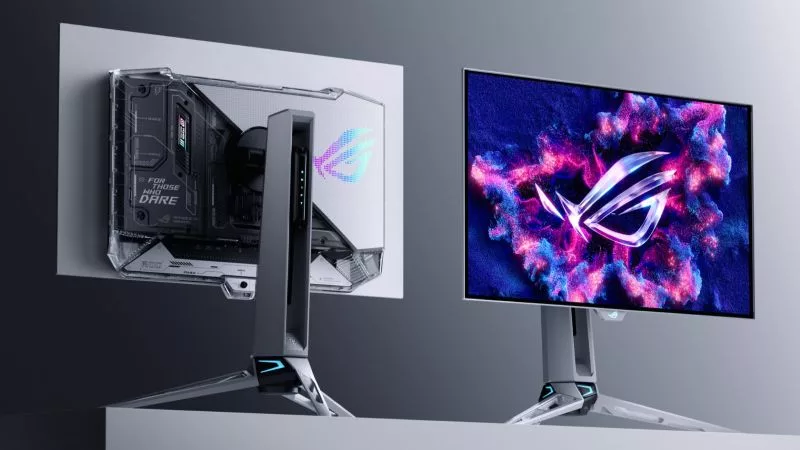
Prepare for Tandem OLED splendor with these new ROG gaming monitors

How to adjust your laptop's P-Cores and E-Cores for better performance and battery life

How to Cleanly Uninstall and Reinstall Armoury Crate

How to upgrade the SSD and reinstall Windows on your ROG Ally, ROG Xbox Ally, or ROG Xbox Ally X

ASUS GPU Tweak III: The ultimate tool for advanced GPU tuning
Related Products
LATEST ARTICLES
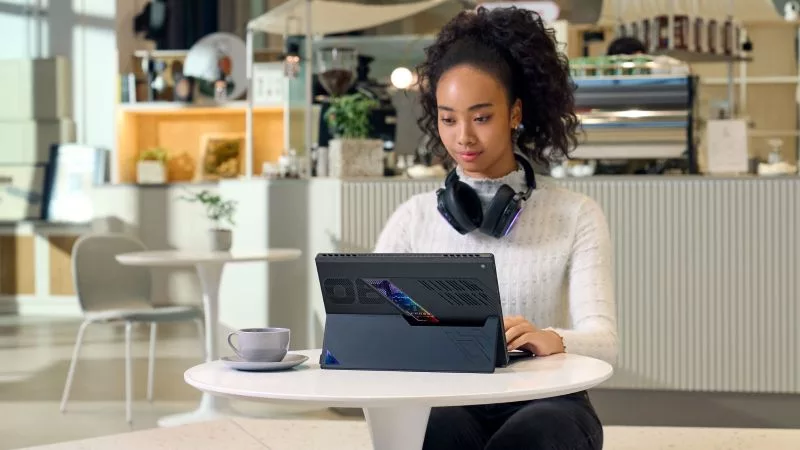
Level up your calls: ROG gear and tips to dominate Discord and Zoom alike
ROG headsets, laptops, and software give you the technology you need to effortlessly dominate virtual work meetings and gaming voice chats.
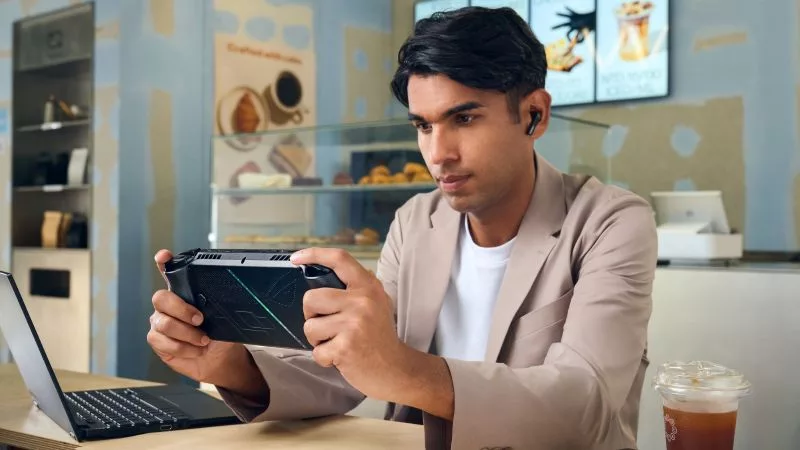
ROG Xbox Ally vs Gaming Laptop: which portable gaming device is right for you?
Both the ROG Xbox Ally and ROG gaming laptops have a lot to offer gamers, depending on what they're looking for.

Which ROG Xbox Ally to give the gamer in your life this holiday
The powerful, portable ROG Xbox Ally is the perfect gift for any gamer who wants to take their favorite games everywhere they go.

The best accessories to supercharge your ROG Xbox Ally
Here’s the must-have gear that’ll catapult your ROG Xbox Ally gaming to the next level.

15 tips & shortcuts to set up and optimize your ROG Ally or ROG Xbox Ally
So you’ve finally unboxed your brand new ROG Ally, and you're itching to get your game on. Here's what to do first.

How to boost gaming performance on the ROG Ally or ROG Xbox Ally
The ROG Ally is a true Full HD handheld ready to make your games look better than ever. Here's how to maximize its performance.